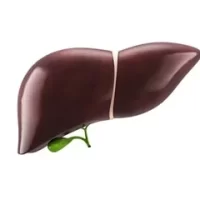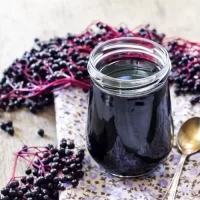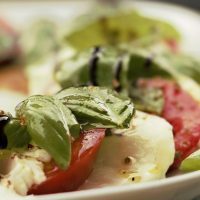According to estimates from the US Centers for Disease Control and Prevention (CDC), there will be twice as many states in 2022 as there were in 2018 with adult obesity rates of 35% or greater.
To halt or reverse the obesity pandemic, the affiliated medical professionals advocate for more access to healthcare, physical activity, and healthy diets.
Berries are considered healthful foods and are high in flavonoids and polyphenols, particularly anthocyanins. Consuming anthocyanins is linked to a lower risk of type 2 diabetes, cardiovascular disease, and mortality, according to prospective cohort studies. Additionally, short-term clinical investigations show that berry therapies enhance glucose tolerance.
Researchers in the current study assessed how eating EBJ affected persons who were fat or overweight in terms of their insulin sensitivity and oxidation. adults with a body age of 22 to 75 Between July 2021 and August 2022, recruits with a body mass index (BMI) of 25 kg/m2 or greater were sought after. Health history questionnaires were used to determine the eligibility of subjects.
People were disqualified if they were nursing, pregnant, or had recently given birth. An automated self-administered 24-hour (ASA24) dietary assessment tool was used to check eligible subjects for atypical food patterns. Throughout the five-week trial period, participants maintained their usual diet and abstained from using dietary supplements.
Participants were instructed to abstain from consuming the foods on a list of high-polyphenol foods. The group used a two-treatment, randomized, placebo-controlled crossover trial design. A three-week washout period was placed between each one-week intervention phase.
For one week, participants drank either 100% EBJ or a sugar- and flavor-matched placebo beverage. The topics were randomized to sequence one (EBJ then placebo) or two (placebo then EBJ).
Participants reported to the clinical laboratory on the eighth day of treatment for indirect calorimetry (IC) and meal tolerance test (MTT) examination. Two baseline samples were obtained 10 minutes apart, followed by a test meal and the (treatment) beverage. Blood samples were collected every 30 minutes after the meal for three hours, concurrent with IC testing.
CHEMUK – Highlights from 2022 eBook Compilation of the top interviews, articles, and news in the last year.Participants also performed a low-intensity exercise (treadmill walk) for 30 minutes after the last blood sampling. Serum glucose and insulin response curves were plotted from the MTT. The incremental area under the curve (iAUC) was computed. Linear mixed models tested differences between treatments.












